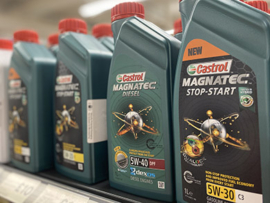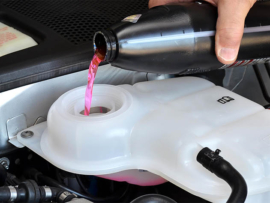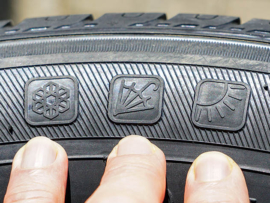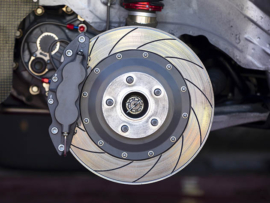This code is linked to the knock sensor circuit in an engine. Essentially, a knock sensor’s job is to detect abnormal vibrations or ‘knocking’ in the combustion chamber, which usually results from poor fuel combustion. Such knocking can cause damage to engine components over time. The sensor’s role is to relay these abnormal vibrations to the engine’s computer, the Engine Control Module (ECM), so it can make adjustments, like altering the ignition timing, to mitigate the issue.
More about the code
When the OBD-II system detects a P0325 code, it signifies there’s a malfunction within the knock sensor circuit, specifically for sensor 1 in bank 1. This could be due to issues with the sensor itself, wiring problems, or even faults within the ECM. The cause behind the P0325 code isn’t necessarily that there’s knocking or pinging happening within the engine, but rather that there’s a hiccup in the system responsible for monitoring it.
What Are the Common Causes of Code P0325?
In essence, while an error code revolves around the knock sensor’s 1 circuit in bank 1, the underlying issue might range from simple wiring problems to more complex concerns involving the engine’s combustion process or the ECM. When exploring the usual culprits behind this diagnostic trouble code, one might find:
- Faulty Knock Sensor. Over time, the knock sensor itself can degrade or malfunction, becoming less responsive or failing entirely.
- Wiring Issues. Damaged or corroded wiring leading to the knock sensor can disrupt the signal transmission to the Engine Control Module (ECM).
- Poor Connections. Loose or corroded connectors within the knock sensor circuit can lead to intermittent or weak signals.
- Engine Deposits. Carbon deposits in the combustion chamber might increase the likelihood of knocking, which can overwork or damage the sensor.
- ECM Malfunctions. Though rarer, issues within the ECM itself can cause or contribute to the P0325 code.
- External Interference. Sometimes, radio frequency interference or other external electrical interferences can impact the knock sensor’s operation.
How much does it cost to fix the code P0325?
A typical repair for the P0325 code, primarily if it involves replacing the knock sensor, might range from $150 to $300 per one sensor. However, can vary significantly based on the exact cause of the problem and sensors numbers to be replaced. A general breakdown stands to be the following:
- Knock Sensor Replacement. This is one of the most common fixes for P0325. The part itself can cost anywhere from $40 to $200, depending on the vehicle’s make and model. Some luxury or specialty vehicles might have pricier parts.
- Labor Costs. Labor can vary based on region and the shop’s hourly rate. Generally, labor costs for a knock sensor replacement might range from $50 to $150. Again, some vehicles might have sensors that are harder to access, increasing labor time and costs.
- Additional Costs. If the problem is related to wiring or connectors, those parts are typically not very expensive, but labor can add up if the mechanic has to trace back through the wiring harness. If the ECM is the issue (a rarer scenario), replacement can be significantly more expensive, possibly even over a thousand dollars when considering both parts and labor.
Can I continue driving with the P0325 code?
While your vehicle might still run with this code, it’s not ideal to ignore it. The potential for reduced performance, decreased fuel efficiency, and long-term engine damage makes it advisable to address the problem sooner rather than later. If you notice symptoms like reduced power, engine knocking (detonation), or unusual sounds, it’s best to refrain from driving the vehicle.
What causes a faulty knock sensor?
There are several factors that can lead to the failure or malfunctioning of a knock sensor: short circuit and other electrical issues, physical impact during other repair procedures, corrosion, contamination and wear because of the age.
Will a knock sensor shut down an engine?
A knock sensor (detonation sensor) itself will not directly shut down an engine, but could definitely cause a decreased engine performance. Its primary function is to detect abnormal vibrations or “knocking” (detonation) in the combustion chambers and communicate this information to the Engine Control Module (ECM).
We do an efforts to find, research and recommend the best products. So, we may receive commissions from purchases that you make after following the links in our product reviews.








Leave A Comment